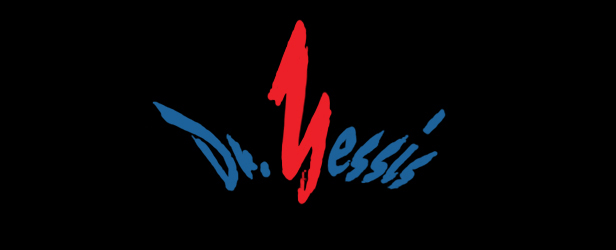
Almost all experts agree that overtraining is the main reason for injury in sports. Whenever an injury occurs, overtraining is usually stated as the reason. As a result, teams limit the amount of playing, throwing, running or other key actions to prevent future injuries.
However, is this an effective practice? On the surface it appears so, but if you closely examine overtraining, ask yourself exactly what is being overtrained or overused or overstressed. By doing this, you can determine the underlying reasons for the “overtraining” injury to occur. For example, if we take the literal meaning of overtraining, it means that the athlete did too much. In turn, this means that the athlete did too many repetitions (i.e. a pitcher threw too many pitches, an athlete did too many wind sprints, a player did more jumping than usual).
If we take the case of the pitcher who executed too many throws, it is necessary to now look for underlying reasons. In my work, I have found that there are mainly two reasons for the injury to occur: improper technique or insufficient strength of the muscles and tissues as they relate specifically to the technique. In other words, the pitcher either had a flaw in his technique that placed undue stress on the muscles and tissues or he had good technique, but the muscles and tissues were not sufficiently strong enough to withstand all the repetitions executed. In either case, the pitcher overstressed the muscles and tissues such as ligaments and tendons and, as a result, they became inflamed, strained or even torn.
This is what is meant by having insufficient strength or ineffective technique to accomplish the skill as needed in the sport. They both lead to injury. When given ample rest, the muscles and tissues heal themselves and future injuries may be prevented but only if technique is effective and the involved muscles and tissues are strengthened. If technique is not effective (from a biomechanical and safety viewpoint), the injury may appear to be healed, but it isn't resolved, and the athlete will get injured again when he resumes play or practice. In this case, it should not be considered an overuse injury.
In such cases, it is the poor technique or lack of strength (or both) of the involved muscles and tissues to handle the stresses involved in execution of the skill. This is why I disagree with the commonly used method (i.e. rest) to deal with or prevent overuse injuries. It is only partially effective because it does not address the main, underlying problems—poor technique and/or lack of strength of the involved muscles and tissues. Fixing these two items fixes the “overtraining.”
To determine what the underlying problems are, it is necessary to closely analyze the player’s skill and technique to see if it is at fault and test the strength of the involved muscles and tissues in the same manner as they are used in executing the skill. This latter point can't be overemphasized. Too often, technique is assessed in a very general manner that isn't specific to the actions that the athlete executes. For example, as is most often done in the case of a pitcher, general reference points are used when we should be determining the effectiveness of each joint action involved.
To determine if there is a strength weakness, I typically use a specialized strength exercise that duplicates the joint action (as needed for effective technique) and the muscles as they are involved in executing the joint action. If a problem with technique or muscle strength becomes obvious, the specialized strength exercise may be used to develop the strength and improve the technique needed in the same exercise.
The athlete is taught the correct technique so that he can experience the feel of it and then he duplicates the skill in the strength exercise. In this way, he develops strength in exactly the same manner as it is used in execution of the skill. The training method used is the 1 X 20 program.
This program allows for effective learning of the skill as well as the development of greater strength of the muscles and joints in a general or specific manner. The intensity in the 1 X 20 RM program is lower than in most typical, high intensity strength training programs. This is also effective for preventing overtraining.
A notable example of this was the work that I did with quarterback Troy Green, son of Tim Green, a former outstanding player with the Atlanta Falcons. Troy had successful Tommy John surgery on his elbow but still experienced elbow pain when he was allowed to start throwing again. By going through the procedures outlined above, Troy was able to throw even more effectively than before and, at the end of the football season, he was ranked number one quarterback in the state.
Dr. Michael Yessis is a professor emeritus in biomechanics and kinesiology and president of Sports Training Inc., a diversified company that does specialized work with athletes and develops specialized training equipment.











1 Comment